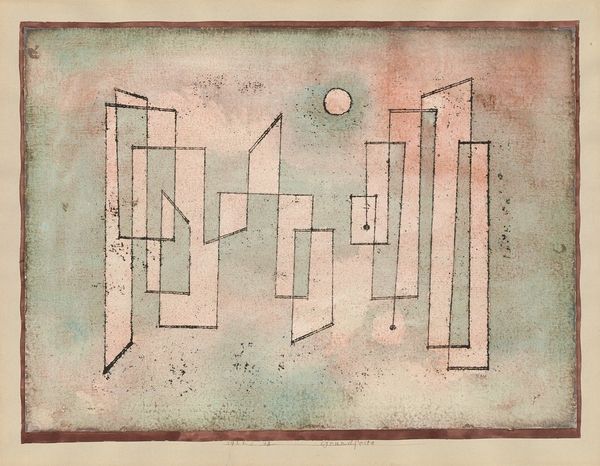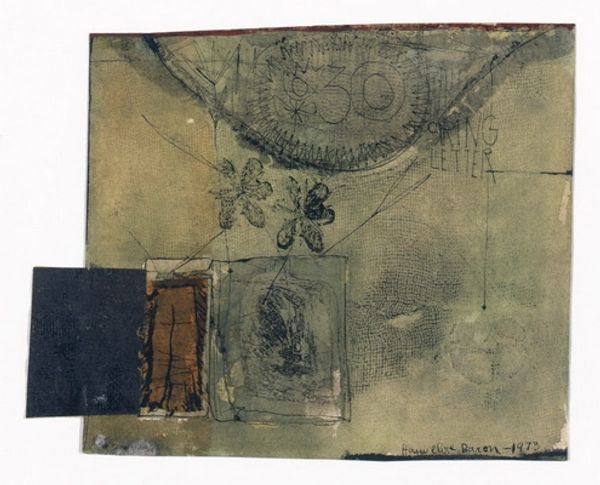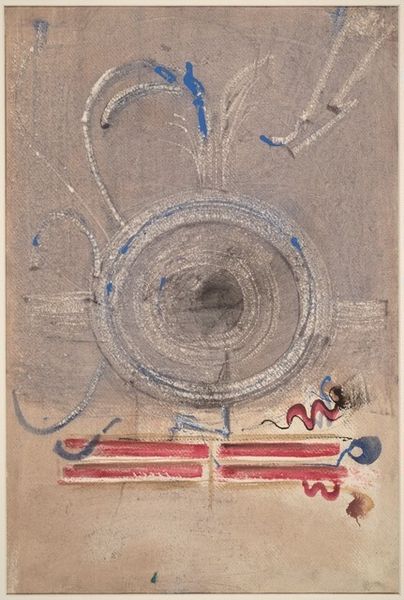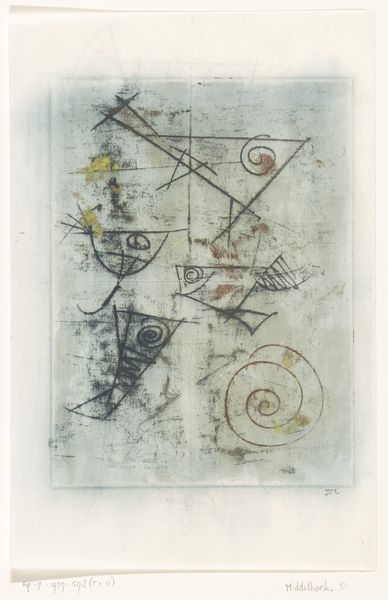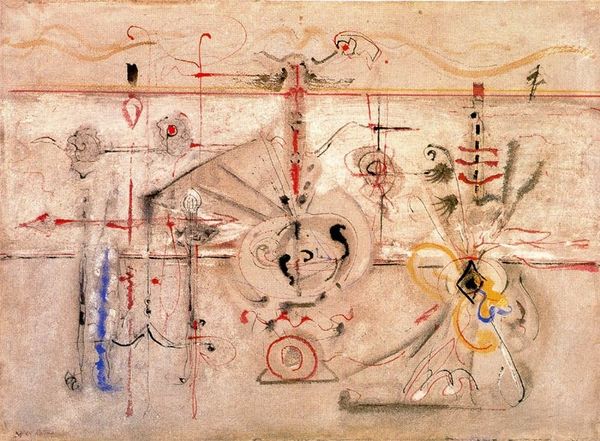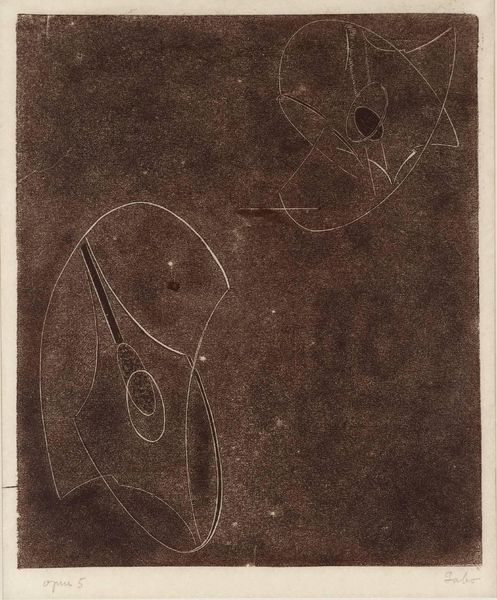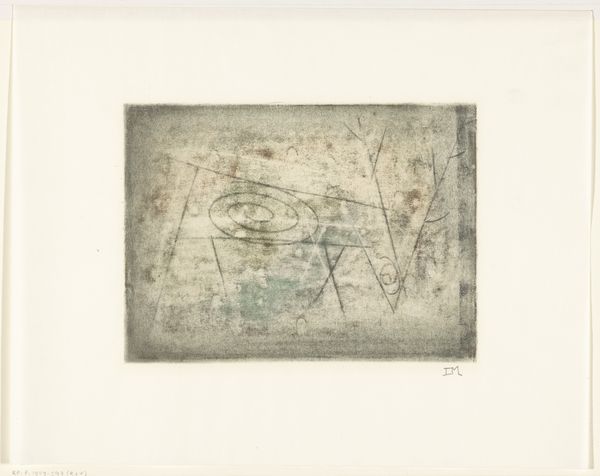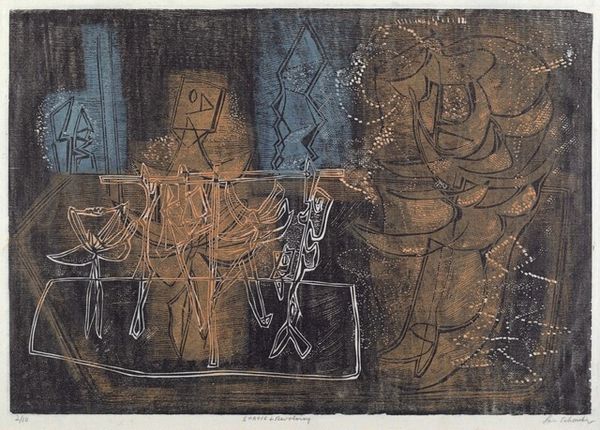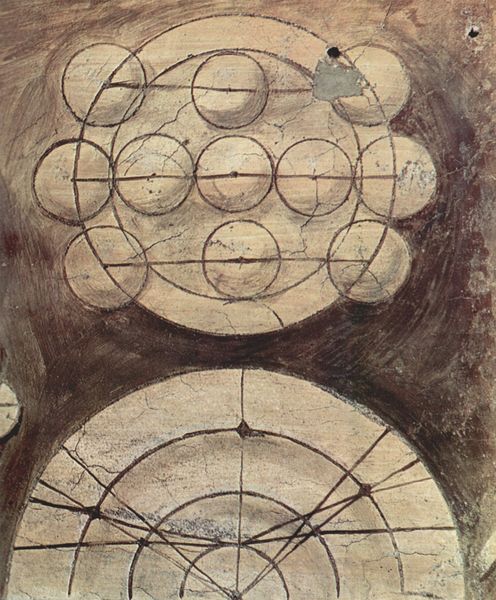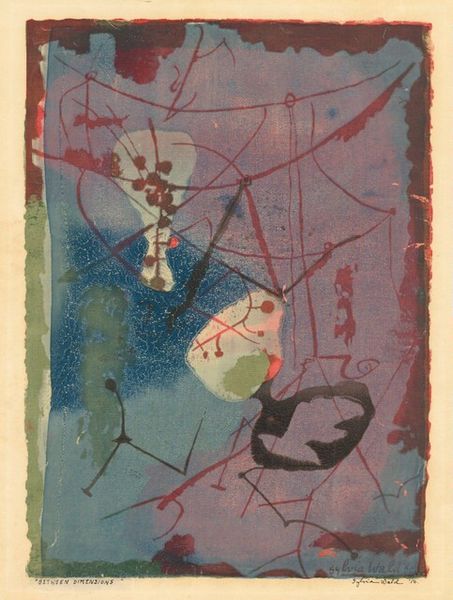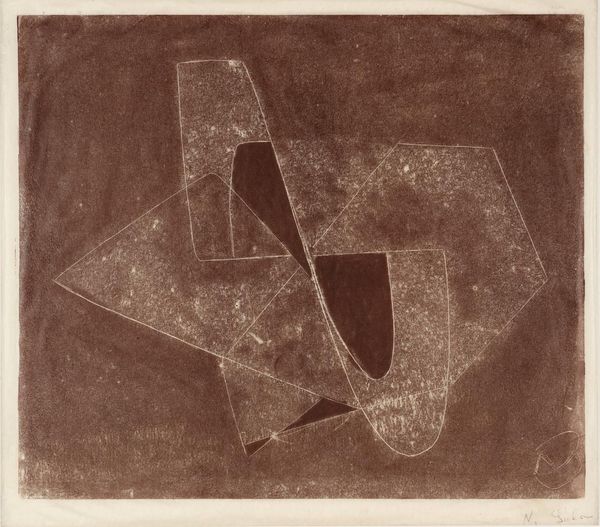
#
toned paper
#
water colours
#
possibly oil pastel
#
abstract
#
handmade artwork painting
#
underpainting
#
painting painterly
#
watercolour bleed
#
watercolour illustration
#
mixed media
#
watercolor
Copyright: Public Domain: Artvee
Curator: Let’s turn our attention to Paul Klee’s “Movement around a Child,” created in 1928. Editor: My initial impression is a dreamlike quality. The earth-toned palette is calming, but those stark red dots, presumably eyes, are rather unsettling. It feels primitive, yet very thoughtfully constructed. Curator: Indeed. The piece immediately triggers considerations about archaic representations of children in ritualistic art, wouldn't you agree? Look how Klee uses watercolor and possibly oil pastel on a toned paper to give a mixed-media effect. He's tapping into something primal about the figure of the child. Editor: That toned paper provides a fascinating textural base. You can see the underpainting through the watercolor bleed – a beautiful example of his process revealing itself. What kind of paper would have even allowed this kind of bleed back then? The very act of its creation seems significant. Curator: Precisely. Klee's style is deliberately abstract, reducing form to near hieroglyphic status, so one wonders what cultural symbols resonated to create this work. Editor: Yes, look closely and we see circles, triangles…geometric forms interacting. And consider the child seemingly trapped inside larger circles and triangles – it’s almost as if these shapes actively move around it as the work's title implies. It is very reminiscent of cave painting! I wonder how he acquired his pigments... Curator: A striking synthesis of the archaic and modern—one reflecting archetypal figures that seem etched in the cultural memory. The simplicity belies a complexity of emotion and symbolism. Editor: For me, it is exciting how this is not about mastery, it is about experimentation, about how material interaction creates the work itself! A far more collaborative practice. Curator: It urges me to rethink how childhood innocence can become enmeshed with ancient symbols, with that notion of cyclical continuity within the work and how this could be passed down across centuries. Editor: Agreed. Examining how an image like this is materially made opens new vistas on understanding its symbolic weight in different historical periods.
Comments
No comments
Be the first to comment and join the conversation on the ultimate creative platform.
